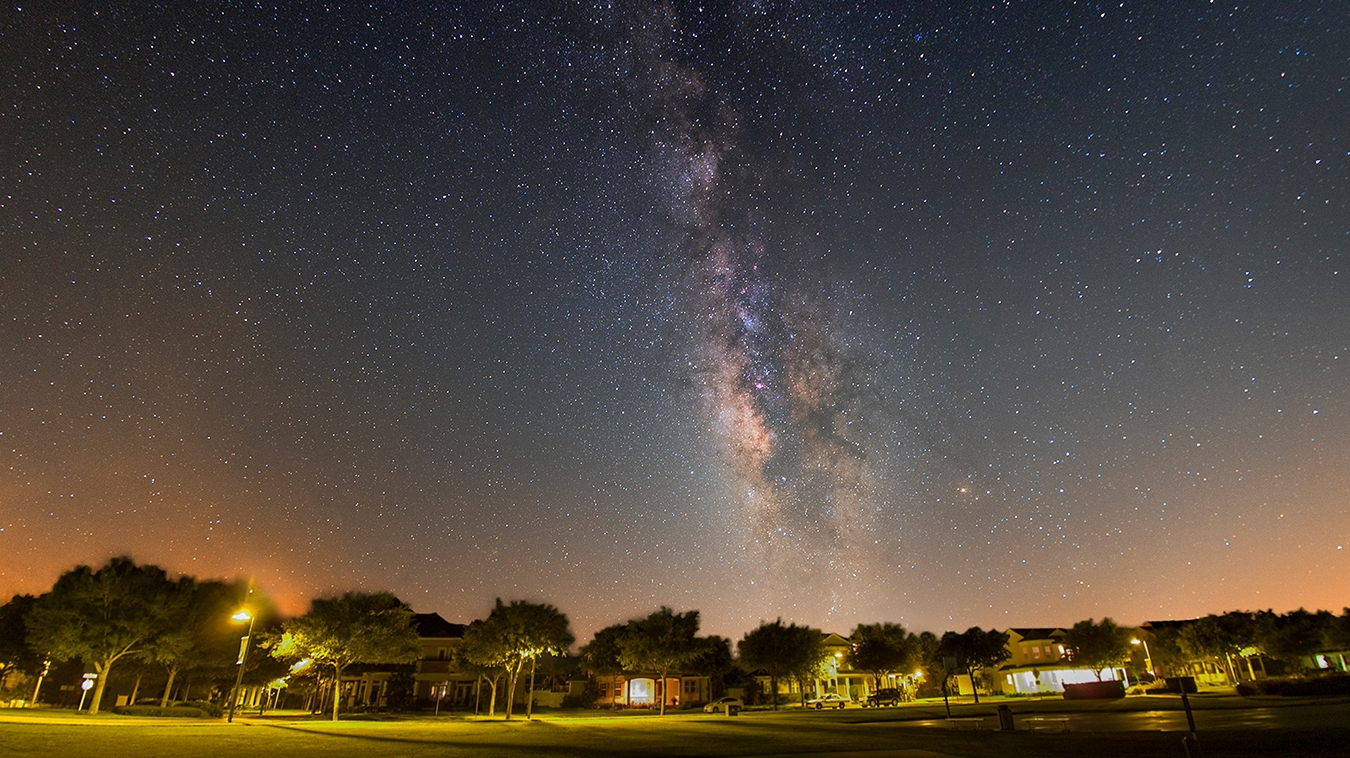Premise
When the Earth was created, life in its many glorious forms was spread throughout abundantly and equitably. Families were raised in nests and streams, later in caves and huts. The spirit of life flowed from leaf, to claw, to hand.
Today that spirit is blocked by concrete intersections that wildlife cannot cross. Its diversity does not flow through communities empty of vegetated corridors. The spirit of life slips from our hand.

In his 1984 book Biophilia, Harvard University evolutionary biologist Edward O. Wilson says of life, “we move toward it like moths to a porch light”, and that “to explore and affiliate with life is a deep and complicated process in mental development.”
What happens when we interrupt that process and rob ourselves of a diverse developmental environment? How do children develop in neighborhoods devoid of nature’s diversity? How do seniors feel when they move toward the comfort of a companion animal and the light is shut off? Are nature and animals our protectors from dangerous tides of anger and despair?
There is wonderful purpose for all life forms – human, plant and animal. Something much greater than man’s present state of consciousness created the full complexities of life. In separating ourselves from other species we disallow their purpose. We are sophisticated in creating new medicines to treat disease, but woefully reluctant to concede that the simplest interactions can improve the human condition.
When the Earth was created, all things were pronounced good. Dr. Albert Schweitzer, famed humanitarian and philosopher, recognized this in his universal philosophy “Reverence for Life” – the foundation of which is that the will to live exists in all creatures. That we share a will to live is a breathtaking realization. Respecting that shared will is our ethical choice, and the environment of our mental development shapes our ethics.
While certain aspects of our connectedness with nature and animals are regarded as beneficial though unessential, the full depth and significance of these relationships are yet to be known. A dedicated environment for research, practical application and education will further our understanding, and strengthen the case for preserving the natural environment so that the diversity of nature might flow through our communities.
Scientists, philosophers, teachers, and citizens have embarked on exciting explorations about the critical relationships between all living things. A collaborative effort is important to foster public support of policy that protects nature from further reckless destruction, and restores diverse environments, in some measure, within established neighborhoods. Our goal is to study the benefits of these relationships for the sustainability of environments for life in all its forms.